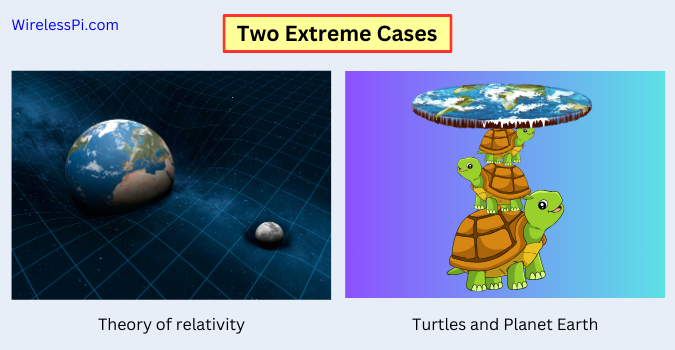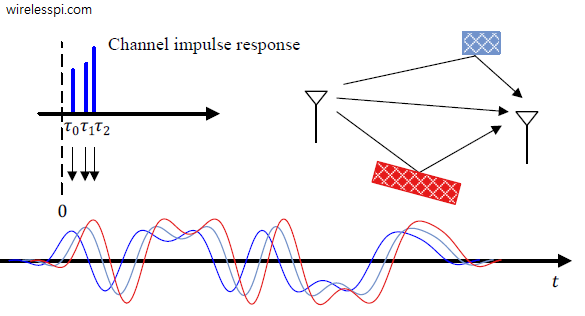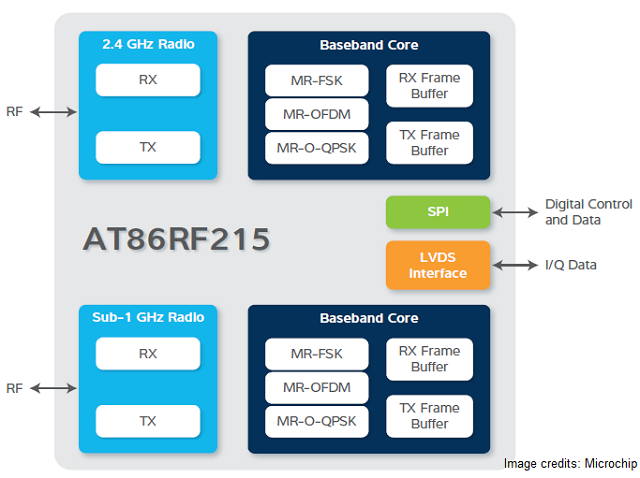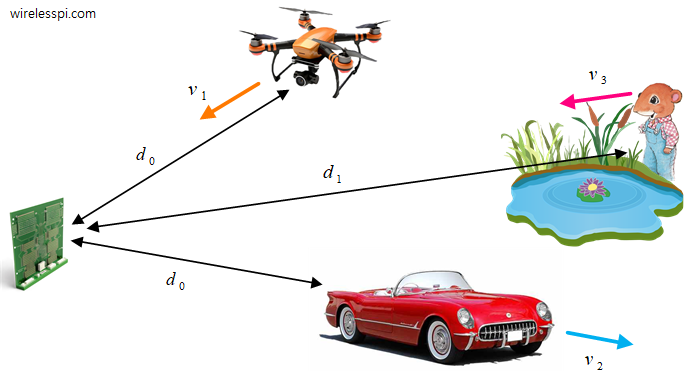Kalman filter is one of the most important but not so well explained filter in the field of statistical signal processing. As far as its importance is concerned, it has seen a phenomenal rise since its discovery in 1960. One of the major factors behind this is its role of fusing estimates in time and space in an information-rich world. For example, position awareness is not limited to radars and self driving vehicles anymore but instead has become an integral component in proper operation of industrial control, robotics, precision agriculture, drones and augmented reality. Kalman filter plays a major role
Continue reading



